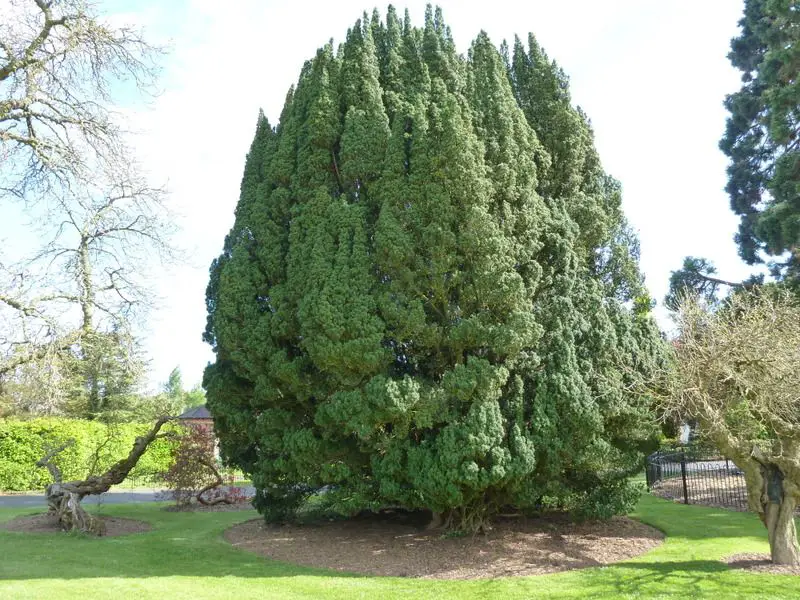World 🢖 Europe 🢖 United Kingdom 🢖 Northern Ireland 🢖 County Fermanagh
Wonder
Florence Court Yew
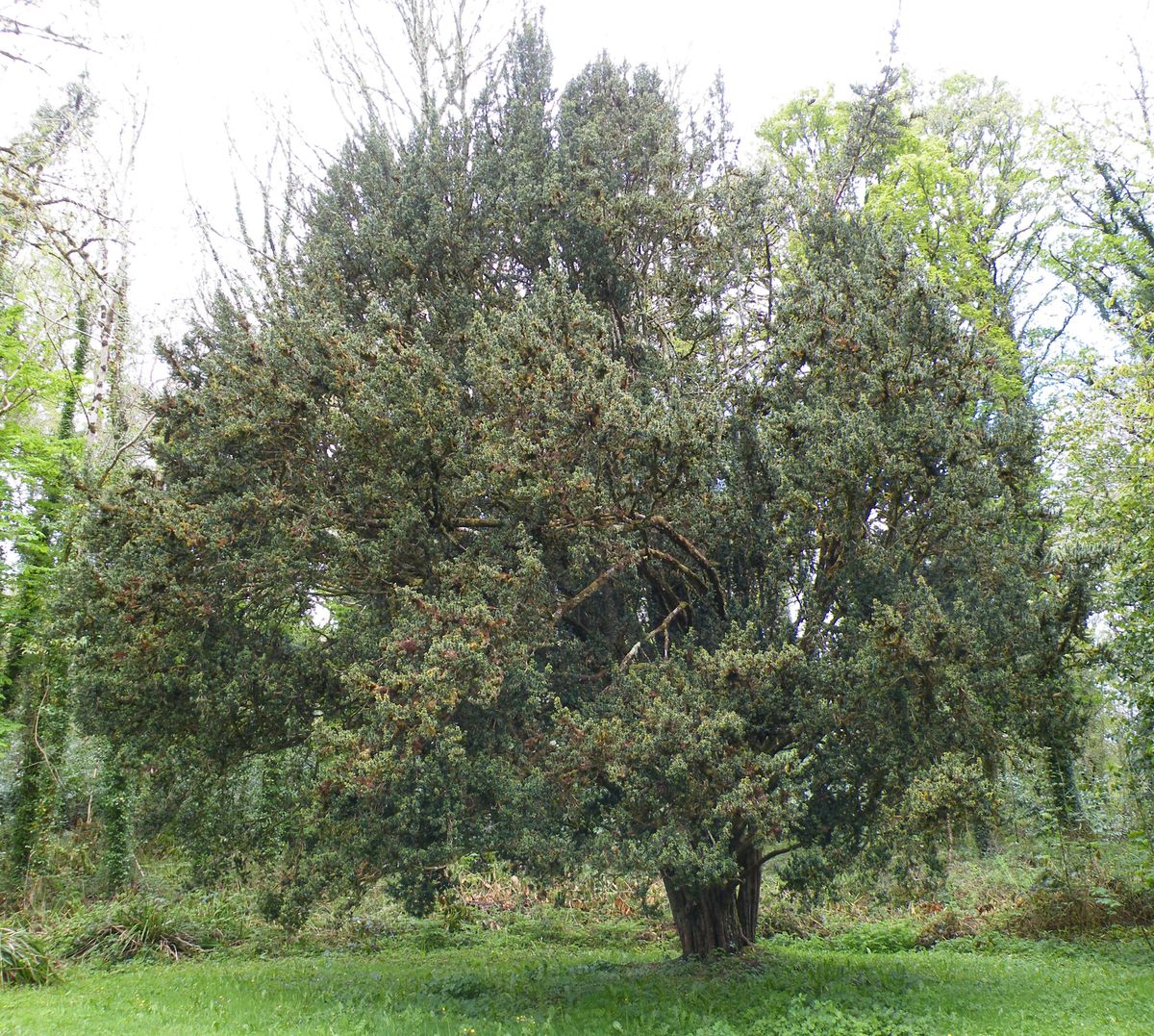
 In short
In short
One of the world’s most popular garden conifers is Irish Yew – Taxus baccata ‘Fastigiata’. And there is one “father” to all of them: Florence Court Yew. All Irish yews around the world originate from the saplings of this tree.
 35.5%
35.5%
GPS coordinates
Location, address
Species
Height
Age
Map of the site
If you see this after your page is loaded completely, leafletJS files are missing.
 In detail
In detail
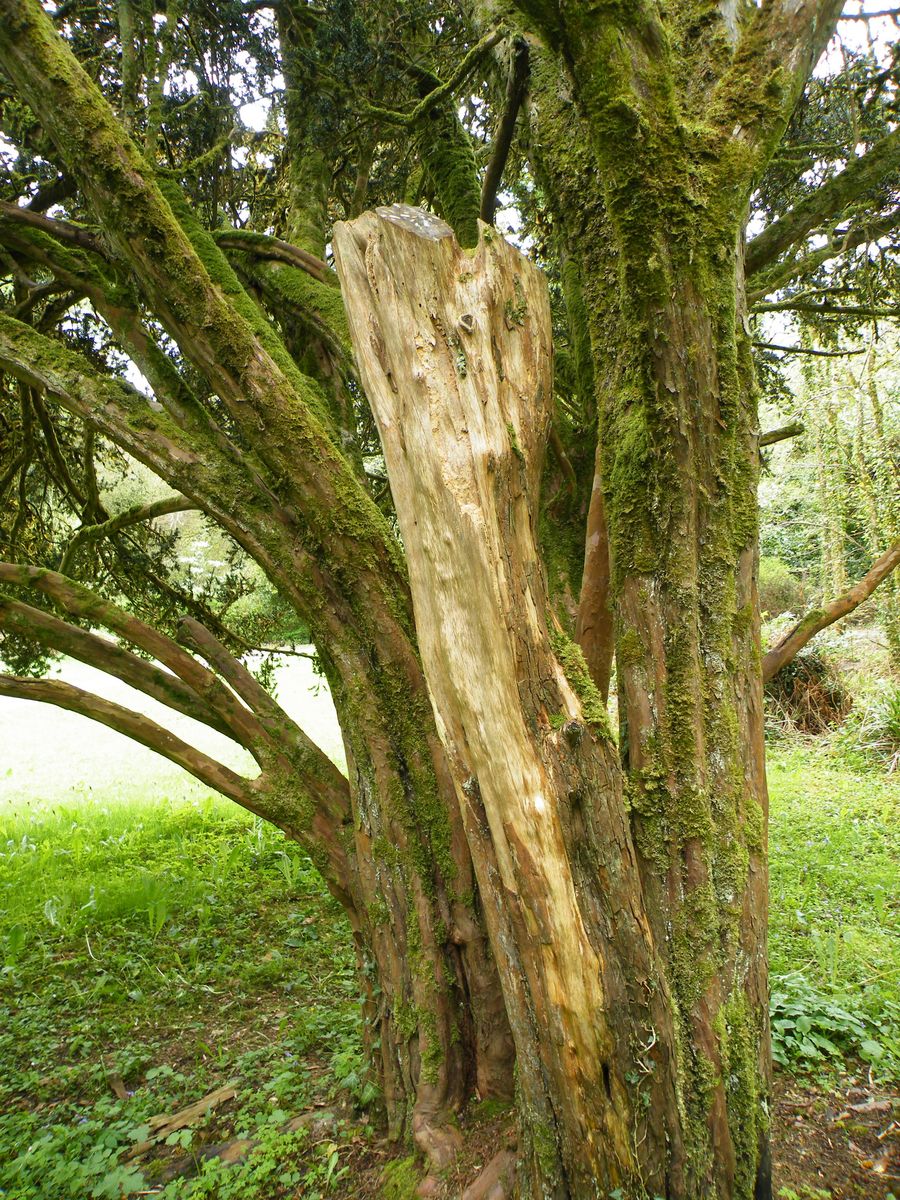
Around 1740-1760 local farmer George Willis found an unusual, columnar yew tree on the slopes of Cuilcagh mountain some 7-8 km from Florence Court. He got two seedlings of this tree: one in his garden and another to the local landlord William Cole.
Diverse sources mention diverse dates of the planting of the tree: some mention 1760, some: 1767 and some: 1780.
Yew trees, in general, have a wide crown and, often, grow as low bushes with widespread branches close to the ground. The clone that was discovered by Willis, had a different habit: this yew looked like a column.
It is characteristic that the plants from the seeds of such clones do not keep the unique traits of the clone. But the saplings from the plant do the trick and look the same as their parents. In such a way numerous decorative varieties of trees and bushes are propagated from saplings and sold around the world.
The natural clone on the slopes of Cuilcagh, most likely is long dead and, if it has any “children”, they look like usual yews. Search for similar trees in this area has not been successful.
The sapling in the garden of George Willis survived for decades and died in 1865.
The yew tree in the old garden of Florence Court though lives up to this day. It grew successfully and after some decades, its beauty attracted the attention of other park aficionados in the United Kingdom.
This was the time when beautiful parks around the thousands of British country houses were set and many landlords were looking for anything new and unusual. A columnar, eternally green tree? Wonderful, let’s have it! Even more popular this tree was in church gardens and cemeteries. Thus started the fame of the so-called “Irish Yew” and this fame continues up to this day.
The “father” of all Irish Yews was heavily used for saplings. In 1820 the commercial sales of the Irish yew started. Also in the Florence Court park can be seen other Irish Yews.
Due to the many cuts the original Florence Court Yew does not have a columnar form. It is a female tree, some 7.5 m tall, and has little changed over the last century.
References
- The original Irish Yew Tree at Florence Court, National Trust. Accessed on June 26, 2022
 Linked articles
Linked articles
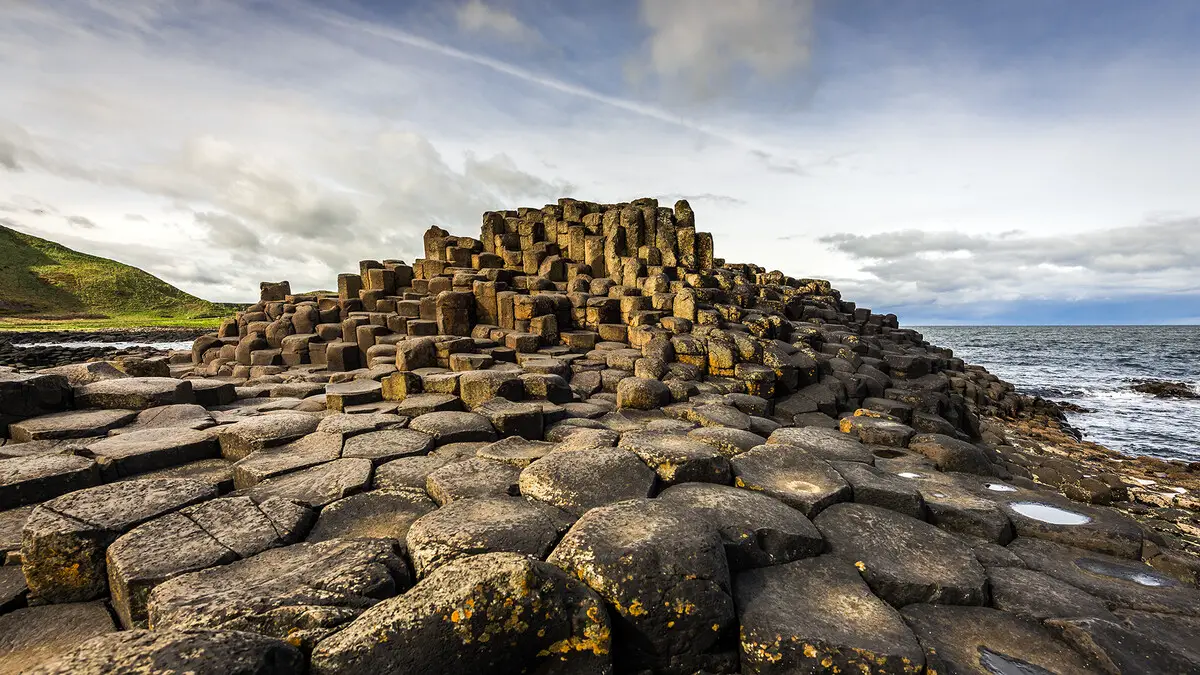
Wonders of Northern Ireland
This picturesque part of Europe is rich with the heritage of Early Christianity that sometimes united the paganic and Christian symbols, megaliths, and diverse and magnificent country houses.
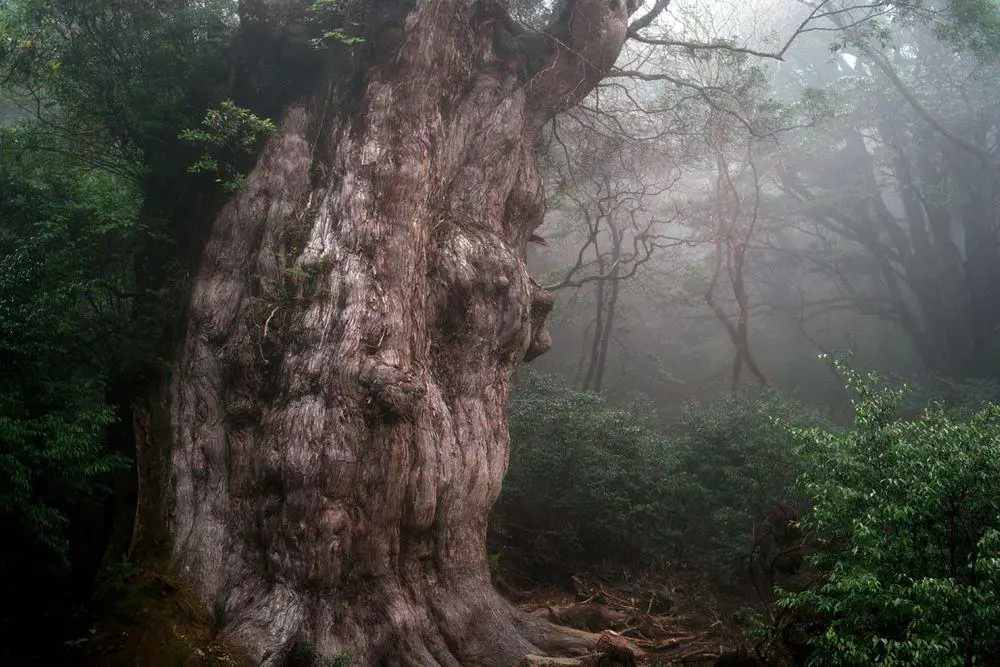
Trees
The category includes some of the most impressive and interesting separate trees in the world. The total number of tree species in the world still is a wild guess – maybe 10,000 and maybe 100,000 but most likely somewhere in between. Every month there are reported new tree species from the whole world, including Western Europe.
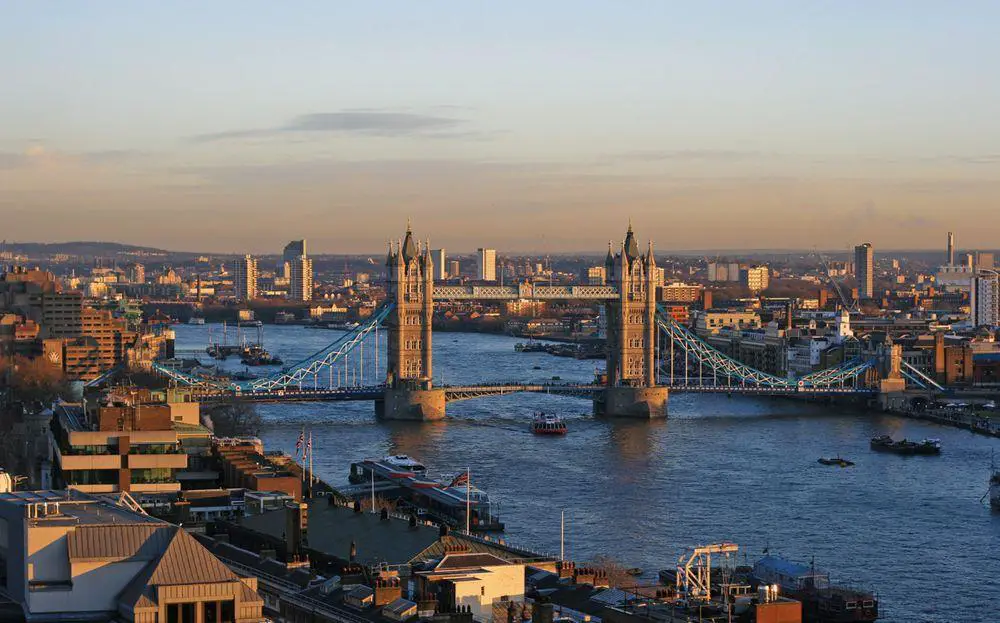
Wonders of the United Kingdom
Throughout many centuries the United Kingdom has enjoyed relative political stability and wealth. As a result, humans have created here countless amazing and well-preserved values of art and history.
 Recommended books
Recommended books
The Yew-Trees of Great Britain and Ireland
With its bright red, poisonous berries to its dark evergreen foliage, the yew tree is a familiar sight in ancient churchyards, as well as the carefully manicured and sculpted grounds of stately homes. Beyond its striking appearance and amazing longevity, the humble yew has played a surprisingly important part in European history throughout the ages: A sacred tree to the pagan druids of old, as well as a key ingredient of medieval warfare.
The Ancient Yew: A History of Taxus baccata
The gnarled, immutable yew tree is one of the most evocative sights in the British and Irish language, an evergreen impression of immortality, the tree that provides a living botanical link between our own landscapes and those of the distant past. This book tells the extraordinary story of the yew’s role in the landscape through the millennia, and makes a convincing case for the origins of many of the oldest trees, as markers of the holy places founded by Celtic saints in the early medieval ‘Dark Ages’.

